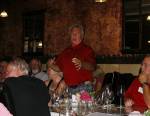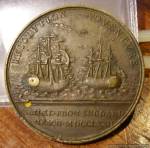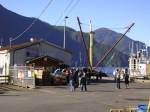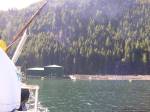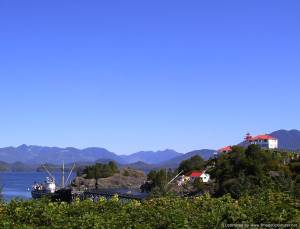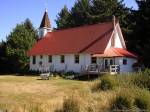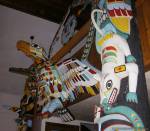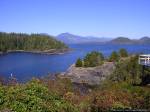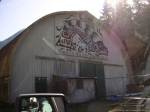It’s feeding time, and a small raccoon that has been sitting in the window scoots down where scraps are thrown to see what she can salvage. A raspy growl signifies that the raccoon is fighting over some bread with another, and with the squawking seagulls and screeching eagle.
This scene takes place on a privately owned west coast island near Tofino, where I had the privilege of staying for a few days. What a place! The sound of the Pacific waves coming in is constant music, providing a rhythmic backdrop to the day and night… that rushing and retreating that both excites and lulls.
My friend and her male visitor from Sweden had picked me up in their boat in Tofino for the ten minute trip over the sea to her island, and it was a beautiful day. When we landed, they suggested a swim in the shallow waters of the sandy beach where the water had been warming up in 20 degree Celsius air temperatures. When I said I would change into my bathing suit first, I was told that clothing was optional, and I enjoyed the freedom of nude bathing in the open, in the silky salt water.
The house that I stayed in built by my friend and her late husband 50 years ago has many windows. From the large hexagon shaped room that serves as both living room and kitchen, there is an outstanding view facing west towards the ocean and to the south, the dense green forest. In the house, the only sound is the crackling of the woodfire and our conversation. There are no sounds from other humans on the island. The dwellings are all off the grid, and my friend’s house is powered with stored energy from solar panels. We enjoyed a tasty dinner of pan fried steak, green beans, potatoes and a Greek style salad that was delicious – augmented with herbs and kale from the garden. Red organic wine kept conversation flowing.
Conversation is stimulating and instructional. I have come here to learn more about my hostess’ work in activism, in particular where it interfaced with that of David (Walrus) Garrick, the subject of my current book. We have a connection other than this man and the friends she and he have in common – we both worked and lived at Strathcona Park Lodge and Outdoor Education Centre in the eighties, and in recent years, she helped me extensively when I was researching the history of Strathcona Provincial Park. She was in the thick of the 1980s protests that successfully prohibited a second mine from being established in the park.
On my second day there, we took a walk through the forest to visit a beach on the west side of the island. Along the way, my friend identified scat belonging to a wolf along the forest path. At the beach in the wet sand, we saw numerous paw prints – some that she said were very likely wolf paw prints and many others coming from the sea that probably belonged to sea otters. It looked as if the beach had been busy a few hours earlier with visits from all sorts of wildlife.
We returned to the house, and after a hot lunch, she, her other visitor who had been chopping firewood all morning, and I all surrendered to the warmth from the fire and pounding of the rain to a deep and refreshing nap. After tea, she and I went to look at a cabin near hers that she has offered as a place to write in. The cabin will not be occupied in winter when I am ready to delve into that stage of my book. It is perfect! Perched above the ocean, this large cabin constructed of wood, more like a house, is designed to take advantage of the stunning views and light. It has a large loft bedroom and a comfortable livingroom/kitchen area with a wood stove. I can see myself enjoying the tranquility and getting my writing done. No distractions.
What a gift to be here. So much beauty. I feel blessed. I have slept so well. I will always treasure this visit!

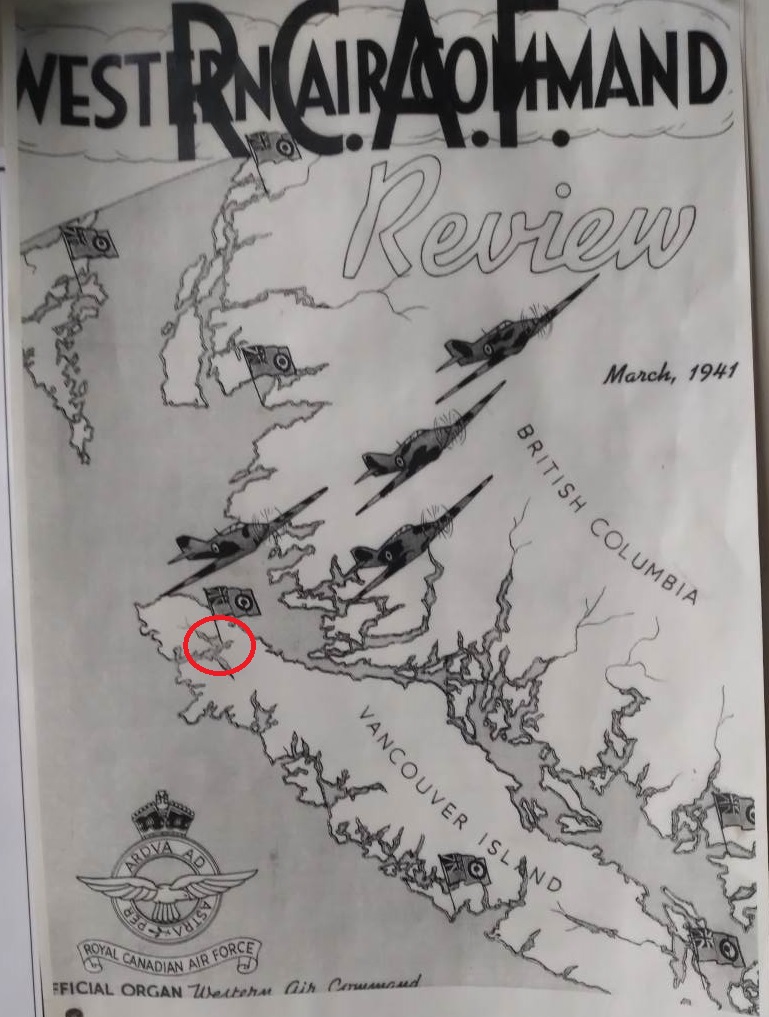
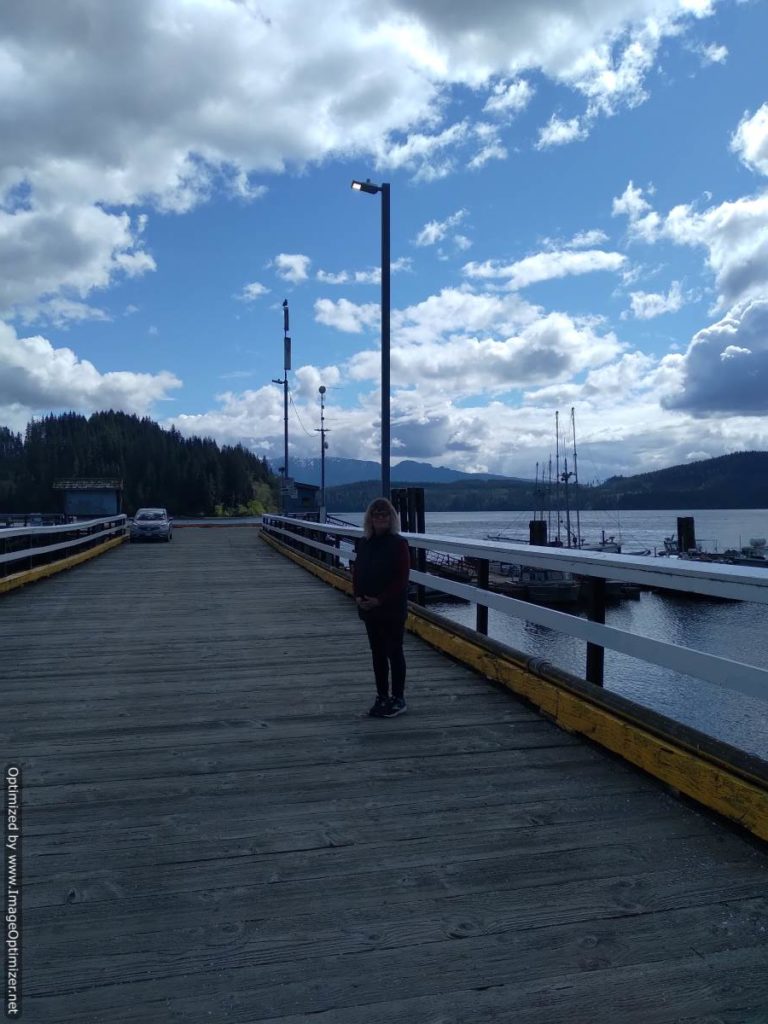
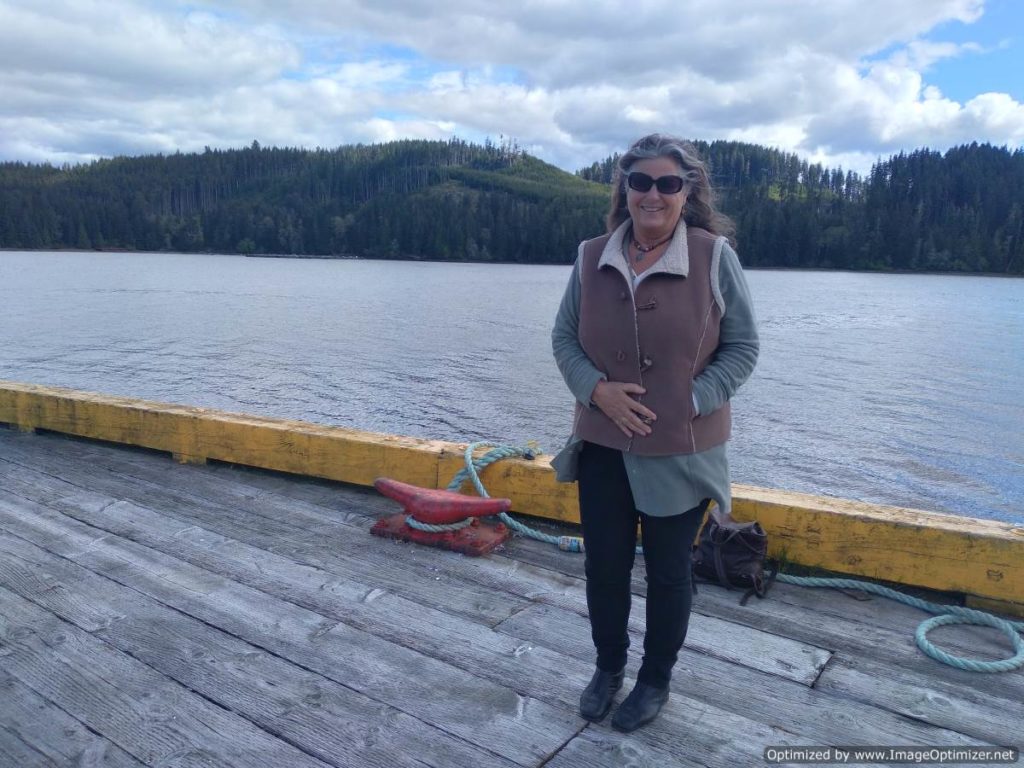
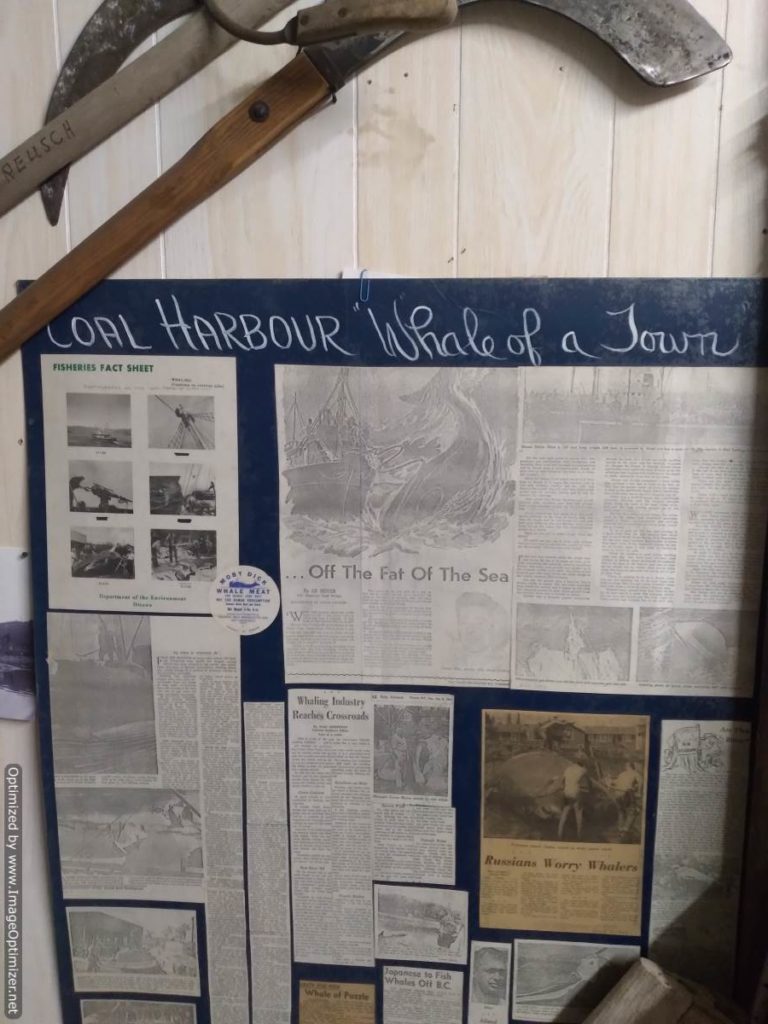
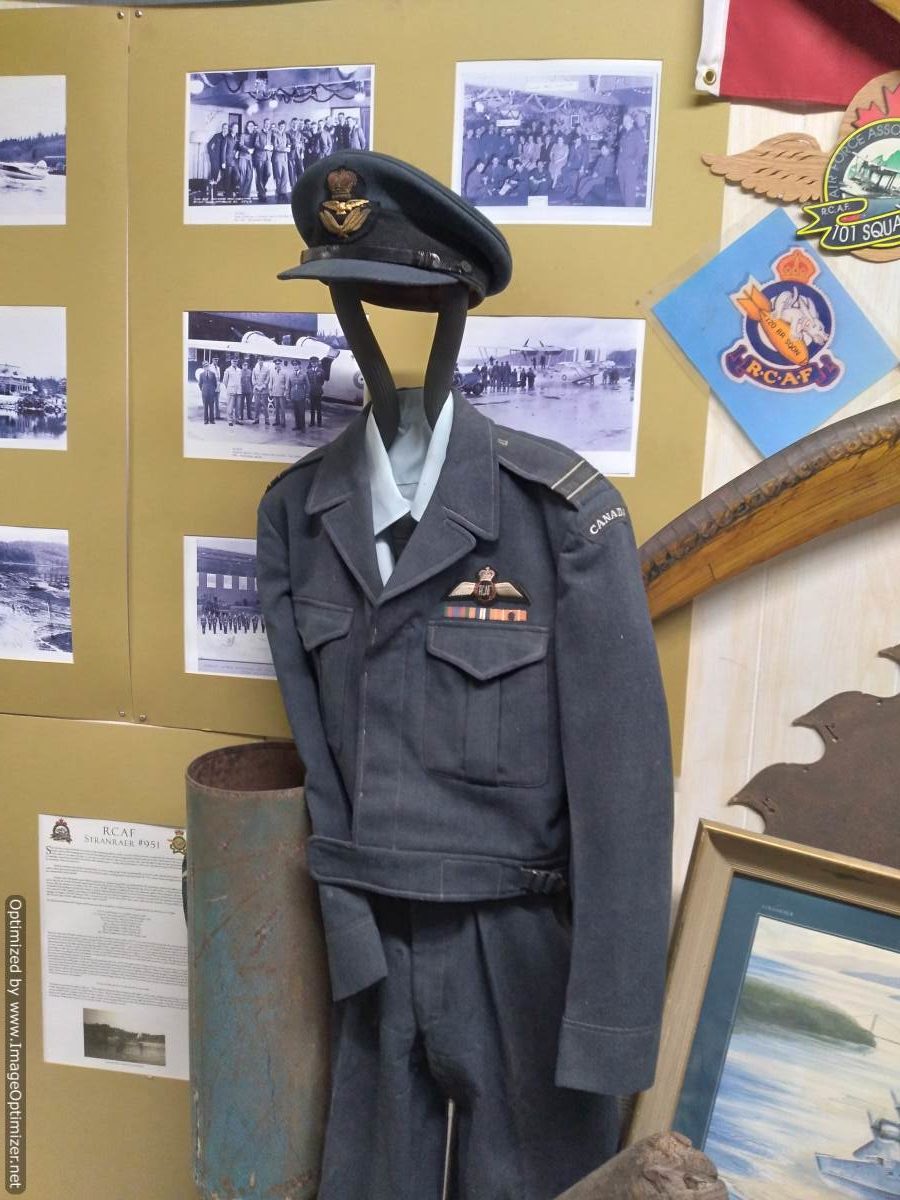


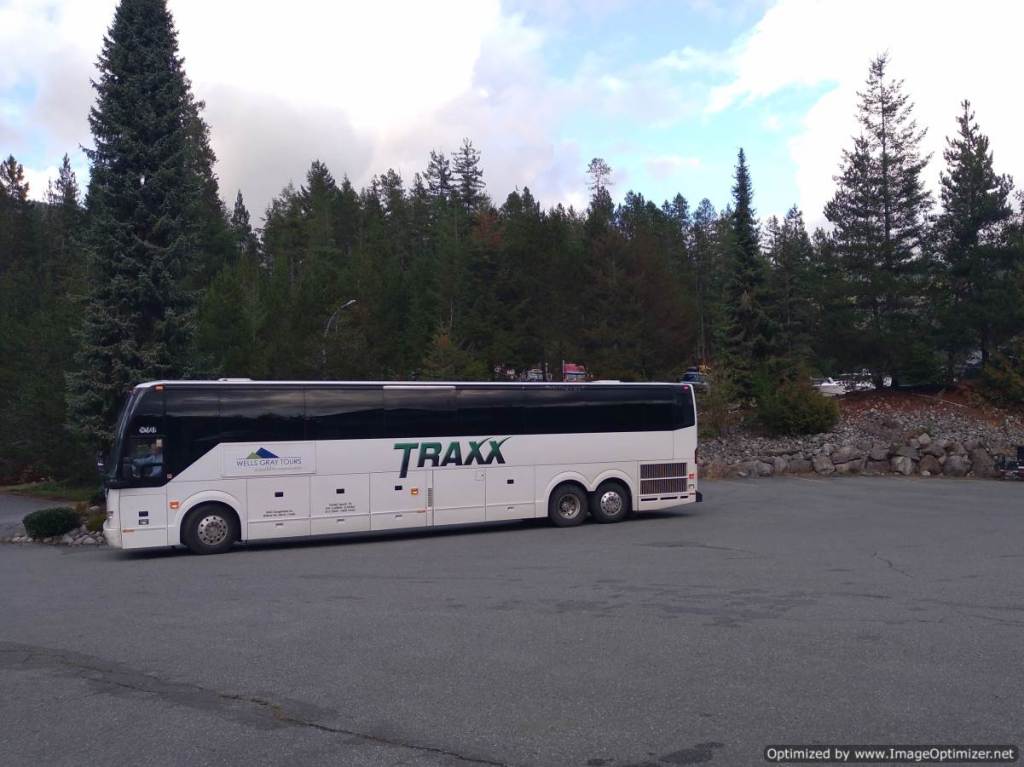

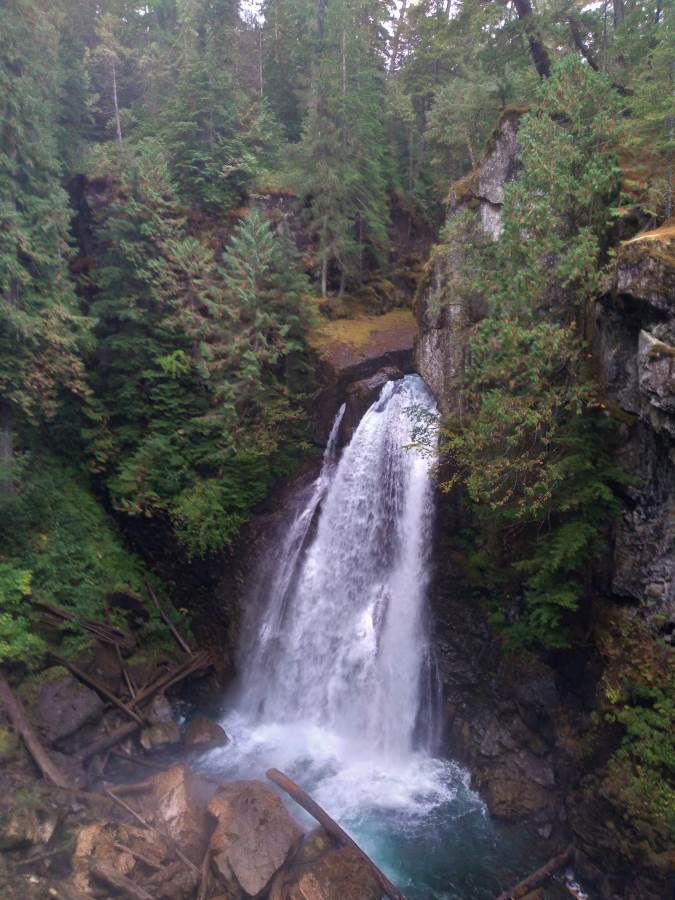

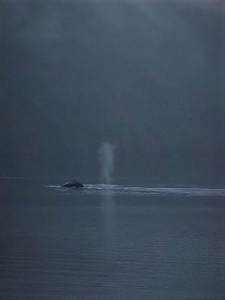
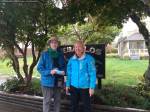



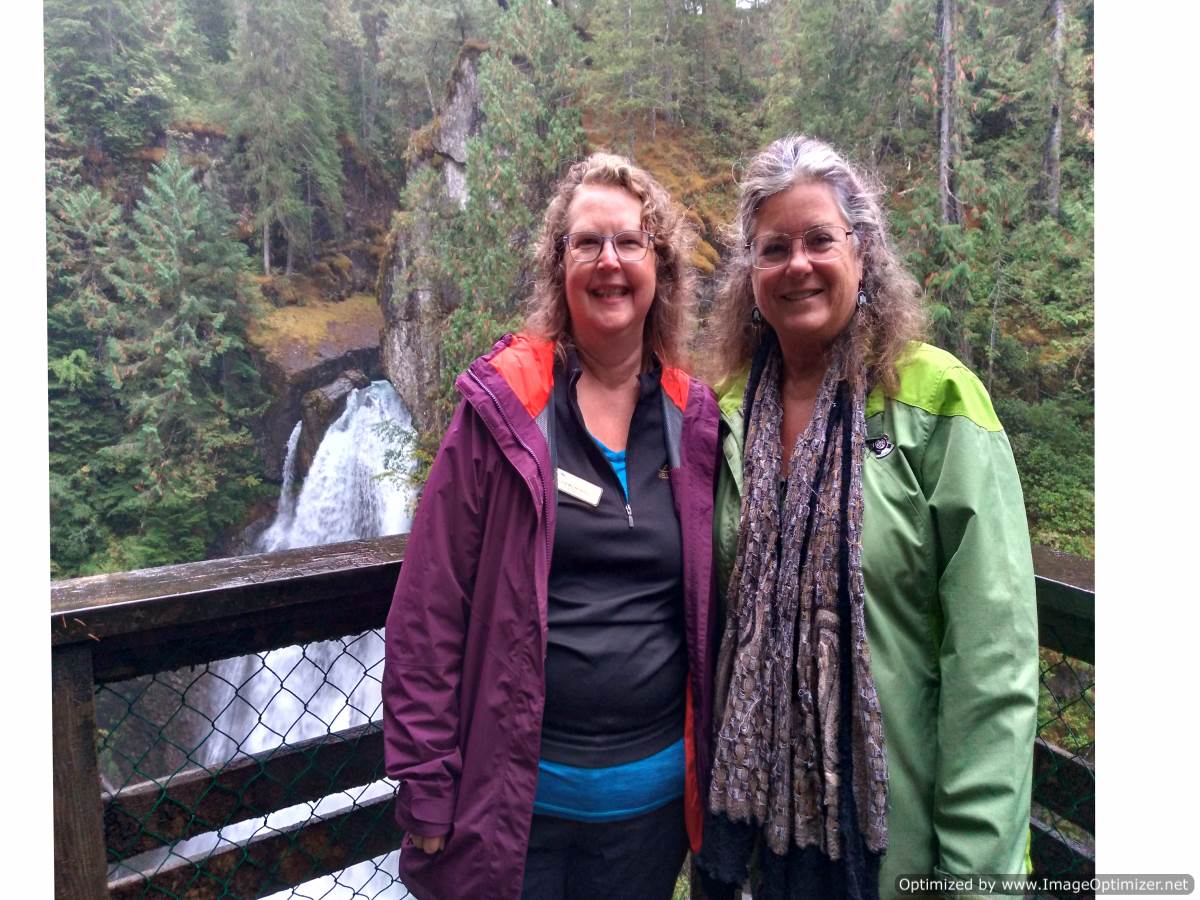
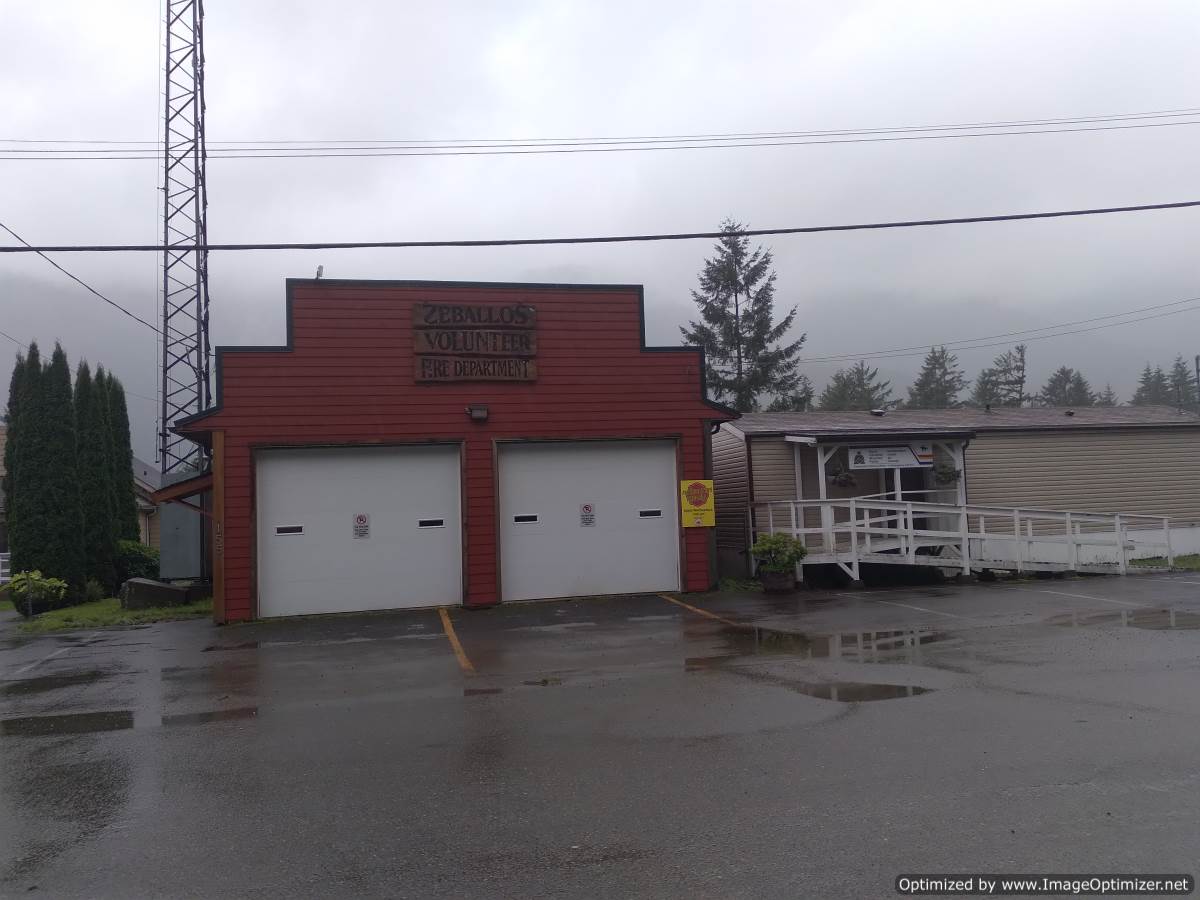
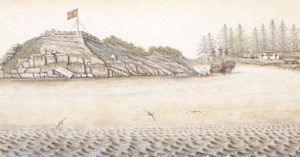
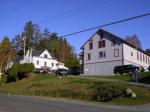

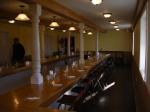
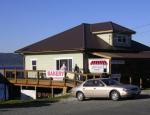



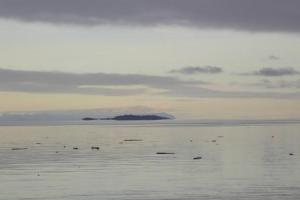
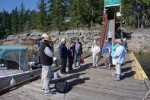

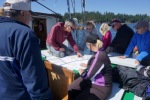
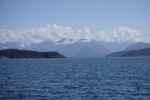
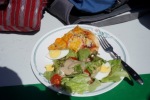
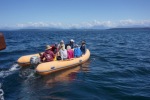
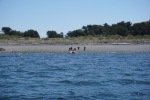
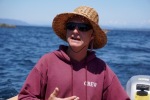
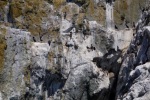
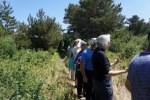
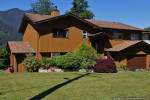
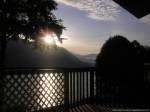
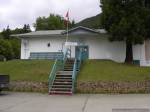
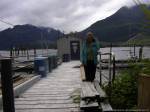
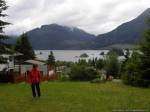
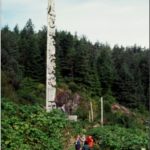 After a summer of cruising the waters off the east coast of Vancouver Island in search of history, I traversed the island on a hot and sunny September day, and headed to the west coast with several members of the Captain Cook Society; this time in search of the site where Cook landed in March of 1778.
After a summer of cruising the waters off the east coast of Vancouver Island in search of history, I traversed the island on a hot and sunny September day, and headed to the west coast with several members of the Captain Cook Society; this time in search of the site where Cook landed in March of 1778.